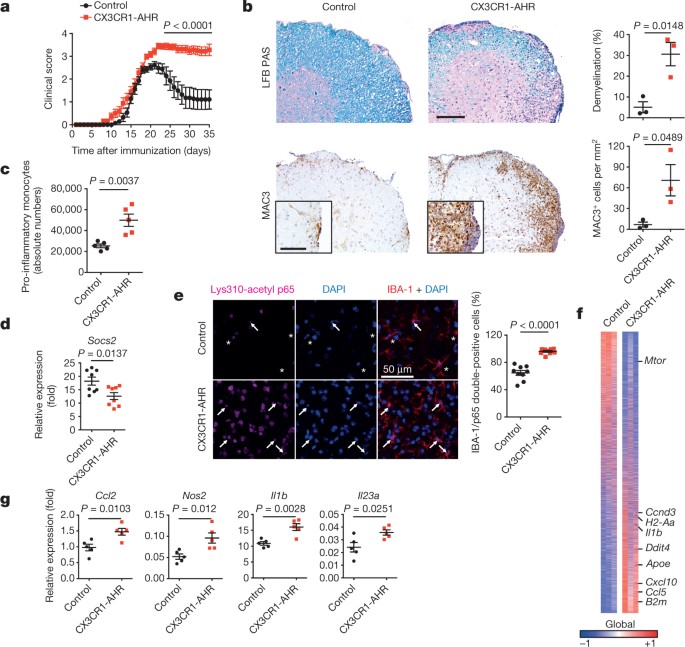
Stem cell study finds malfunctioning brain cells in patients who were diagnosed before age 50; researchers test potential new treatment. People who develop Parkinson’s disease before age 50 may have been born with disordered brain cells that went undetected for decades, according to new Cedars-Sinai research. The research points to a drug that potentially might help correct these disease processes.
Parkinson’s occurs when brain neurons that make dopamine, a substance that helps coordinate muscle movement, become impaired or die...
Read More








Recent Comments